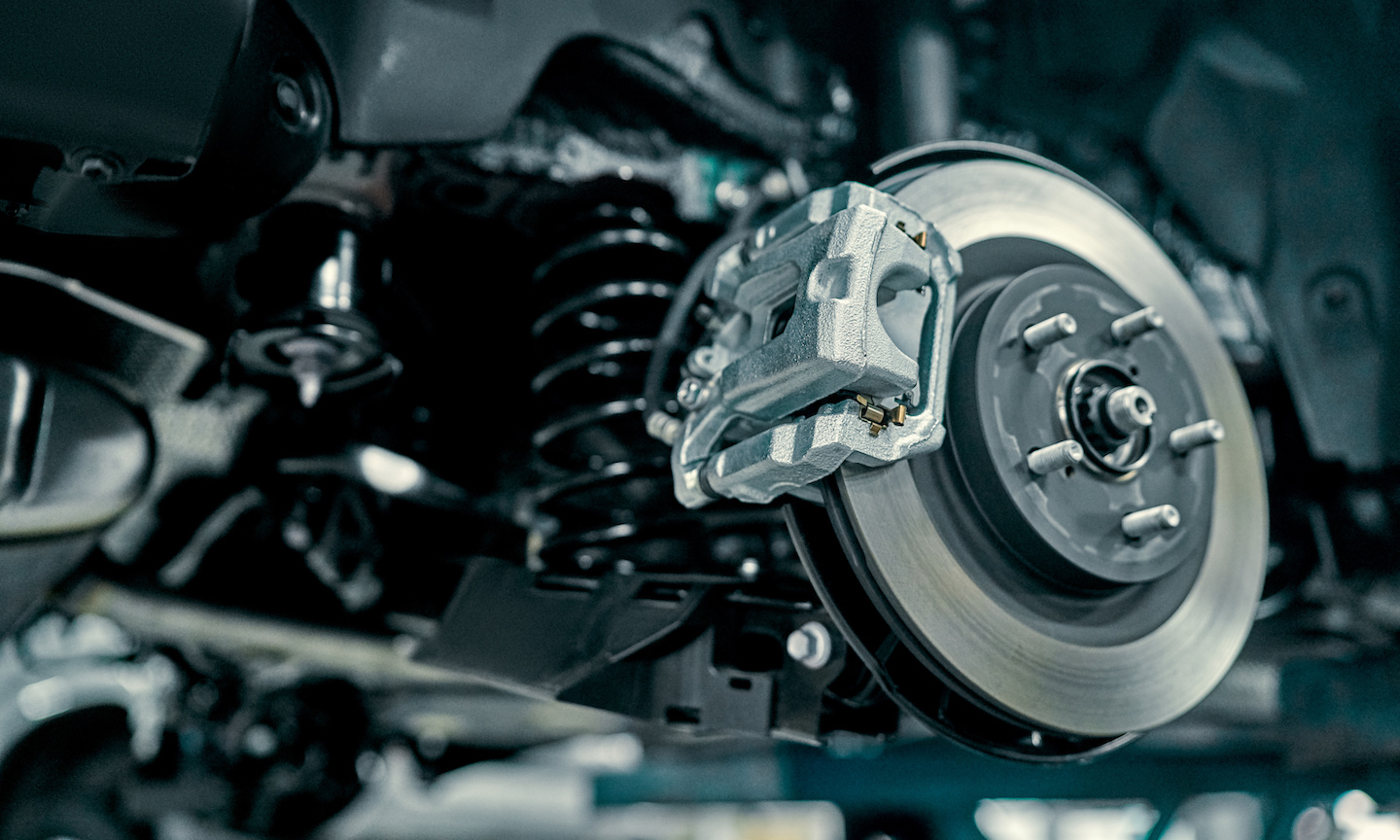EV Brake Maintenance: The Role of Regenerative Braking

Along with benefits like cost savings and reduced air pollution, electric vehicles don't require as much maintenance as their gas-powered counterparts. However, EVs still need to be maintained regularly to catch any problems and ensure optimal performance. One area that's often overlooked is the brakes. Let's take a closer look at what you need to know about your braking system so you can keep your EV running like a champ.
What Is Regenerative Braking?
Electric vehicles are equipped with regenerative braking systems, which charge the battery when slowing down or coming to a stop. While EVs do have a traditional braking system, the electric motor does most of the heavy lifting to slow the vehicle down. Because demand on conventional brakes is greatly reduced, many EV owners wonder if their brake pads and other components need regular maintenance.
Do Brake Pads Wear Out on Electric Vehicles?
Although they're not used as often, brake pads on electric vehicles do wear down over time. An even bigger concern, though, is that brake pads on EVs are more prone to rust. This isn't as much of an issue on gas-powered vehicles, as rust is quickly burned off when the brake pads are used. On EVs, however, rust can form more easily as brake components are exposed to salt, debris, and rain. As rust builds up, your brake pads may not perform like they're supposed to.
In short, brake pads have a life span, and they can be shortened by rust build-up and other factors such as driving habits, road conditions, and the design of the vehicle's regenerative braking system. This is why you should have your brake pads checked regularly, regardless of whether your vehicle has a gas, hybrid, or electric motor.
Burnishing Your Brakes to Burn Off Rust
Burnishing is one thing you can do to burn off any rust that has accumulated on your brake components. While this should be done frequently after new brake components have been installed, you can do it occasionally to remove rust and prevent brake squealing as well.
Here are the steps for burnishing your brakes:
- Make sure you're on a straight road.
- Accelerate to 50 mph.
- Press the brake pedal with consistent pressure until the vehicle gets down to 10 mph.
- Wait 30 seconds, then repeat steps 1-3 five more times.
What about Brake Fluid?
Although not used as often in an electric vehicle (similar to brake pads), brake fluid should be checked routinely as well. Brake fluid absorbs water from the atmosphere, which means it can break down over time. Follow your vehicle recommendations for when to have your brake fluid checked--every 18 months is recommended for optimal safety. Be careful when replacing brake fluid as well, as a fluid with a higher boiling point is often recommended for electric cars.
The Importance of Tire Maintenance
Along with brake pads and fluid, tire pressure is also critical for the performance of your regenerative braking system. Underinflated tires are especially problematic, as they decrease traction, making stopping more difficult. Ensure that your tires are inflated to the recommended PSI for your vehicle. Additionally, you should get your tires replaced if the tread depth is below 4/32".
Get Expert Care for Your EV
Our service professionals are here to make sure your EV is running smoothly with expert maintenance and repairs. Contact the Heritage Toyota Catonsville, Harrisburg & Owings Mills team today to schedule an appointment and get the best care for your vehicle.
